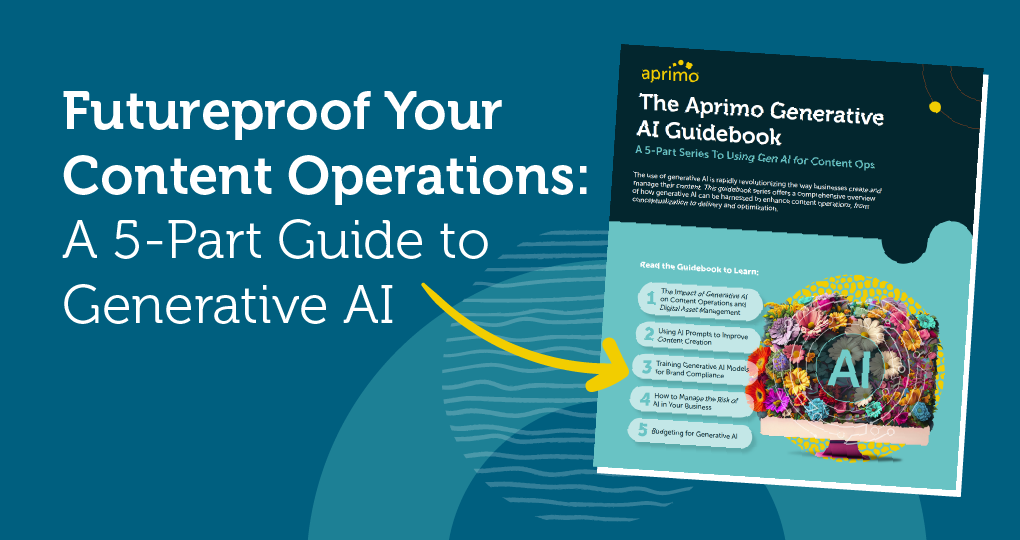Overcoming Common DAM Implementation Challenges

Understanding DAM Implementation Challenges
Digital content reigns supreme for modern organizations working to keep up with dynamic consumer needs and interests. To stay at the front of the innovation curve, they turn to digital asset management (DAM) systems to streamline their content lifecycle. DAM, a sophisticated solution at the core of modern marketing, centralizes, manages, organizes, and distributes digital assets. DAM is so significant because of its ability to give enterprises control over their content for greater brand consistency, compliance, and efficient collaboration. However, the journey to a seamlessly integrated DAM solution is not without its hurdles. DAM implementations could bring along several challenges, including unclear objectives or strategies, organizations resisting change, difficulty integrating with existing systems, and resource limitations. Navigating these obstacles demands a carefully laid out approach and a nuanced understanding of the intricacies involved in using a DAM system to its fullest potential.

Identifying Common Challenges
Begin by taking the time to understand the roadblocks that often hinder the integration of this powerful tool. Some of the primary challenges that organizations come up against include:
-
Lack of clear objectives and strategy. Without a well-defined roadmap, organizations can find themselves lost in the vast landscape of possibilities that DAM presents. For instance, a multinational corporation aiming to centralize its marketing collateral may struggle without a cohesive plan, leading to scattered efforts and underutilization of the DAM’s capabilities.
-
Resistance to change within the organization. Even with the promise of enhanced efficiency, some teams may cling to familiar workflows and oppose the adoption of digital asset management software. A creative team that’s accustomed to traditional file-sharing methods might not be easily convinced to transition to a centralized DAM platform. It will require careful change management strategies to overcome ingrained habits and ensure a smooth adoption process.
-
Integration issues with existing systems. If a company heavily relies on customer relationship management (CRM) tools, integrating those systems with DAM becomes imperative so as to avoid data silos and create a harmonized digital ecosystem.
-
Resource constraints and budget limitations. These impact the ability to invest in necessary training and infrastructure. Examples include not having adequate hardware and software licenses or failing to train staff adequately.
Strategies for Overcoming DAM Implementation Challenges
A strategic approach will help organizations implement DAM while sidestepping common hurdles. Establishing clear objectives and key performance indicators (KPIs) from the outset is a priority, for example:
-
Defining measurable goals for asset accessibility, user adoption rates, and time-to-market efficiency
-
Establishing clear metadata standards to enhance searchability and asset discoverability
-
Understanding expectations about DAM system uptime and reliability
-
Measuring the reduction in the number of steps required for various workflows
Conducting thorough stakeholder buy-in and change management efforts is equally important. For instance, involving end-users in the platform selection process and addressing their concerns helps build enthusiasm. Teams should also prioritize interoperability and seamless integration with other platforms for a unified workflow.
Flexible deployment options tailored to different resource capacities are another strategy worth applying. For instance, cloud-based DAM solutions offer scalability and reduced upfront costs, making them attractive options for organizations with limited resources.


Best Practices for Smooth Implementation
Follow these strategies to seamlessly integrate DAM software.
Conducting a Comprehensive Needs Assessment and Gap Analysis
This involves a careful examination of existing workflows, content creation processes, and collaboration mechanisms. Teams will identify specific pain points so that the digital asset management system can address their distinct challenges.
Investing in User Training and Ongoing Support
Training programs should cover the technical aspects of using the DAM software and emphasize the benefits and efficiency gains. Ongoing support like help desks and user forums play a crucial role in addressing evolving needs and promoting continuous learning.
Implementing Phased Rollouts to Mitigate Risks and Adapt to Feedback
Breaking down the implementation into manageable stages minimizes disruption and enables organizations to adapt to user feedback and ongoing requirements. By rolling out the DAM system incrementally, organizations can fine-tune functionalities, address unforeseen challenges, and ensure that each phase aligns with the overall strategic objectives.
Establishing a Dedicated Governance Structure to Maintain System Integrity
Defining roles, responsibilities, and processes to guide the ongoing management of the DAM platform allows it to grow in tandem with organizational changes, prevents data inconsistencies, and aligns with compliance standards. A great way to enhance accountability is to assign a DAM administrator or governance team.
Future Trends and Considerations
There are a handful of emerging technologies influencing DAM’s trajectory. Artificial intelligence (AI) and machine learning, for instance, are upgrading metadata tagging, process automation, and content discoverability. Blockchain technology holds promise for secure asset transactions and tracking ownership.
Future DAM implementations will face new challenges such as adapting to rapidly evolving technologies and ensuring interoperability with emerging platforms. However, these challenges present opportunities for innovation and improved functionalities, paving the way for more intelligent, adaptable, and efficient content management solutions.




